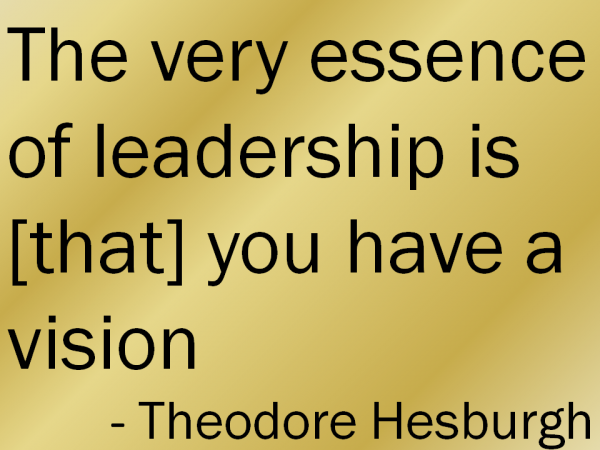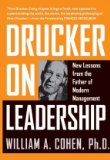 Without a clear understanding of what the boss wants, organizations will inevitably fail to achieve it. Without the gift of mind reading, success depends on the boss clearly communicating what he wants. This holds true regardless of the nature of the organizations, its size or purpose. Church leaders, business executives, managers, and heads of families could take a lesson from an enterprise that literally depends on communicating intent to save lives.
Without a clear understanding of what the boss wants, organizations will inevitably fail to achieve it. Without the gift of mind reading, success depends on the boss clearly communicating what he wants. This holds true regardless of the nature of the organizations, its size or purpose. Church leaders, business executives, managers, and heads of families could take a lesson from an enterprise that literally depends on communicating intent to save lives.
The military understands that the absence of a clear understanding of the commander’s intent, for any given operation, could result in the unnecessary death of people. The U.S. Army’s manual on the operations process emphasizes this by connecting the commander’s intent to everything about an operation including how the staff plans operations, the disciplined initiative of subordinate commanders when the plan changes, and the level of risk that is appropriate to achieve the ends state.
The commander’s intent is a clear and concise expression of the purpose of the operation and the desired military end state that supports mission command, provides focus to the staff, and helps subordinate and supporting commanders act to achieve the commander’s desired results without further orders, even when the operation does not unfold as planned (ARDP 5-0, Pg 1-5 )
Several principles govern the creation of intent:
- Commanders (substitute any leader as necessary) must have a vision (end state)
- Commanders must create and communicate intent by describing the components of their vision on their own. I have been in too many planning meetings where the boss asks the staff to come up with the intent; this is a responsibility that cannot be delegated.
- The intent must be concise and easy to remember, the shorter the better.
- The intent should be understood two levels below the commander. In Army terms, a brigade commander will frame intent so that a company commander understands it.
- Intent will provide the framework for action, shared understanding and focus until the end state is achieved
“The very essence of leadership is [that] you have a vision. It’s got to be a vision you articulate clearly and forcefully on every occasion. You can’t blow an uncertain trumpet.”— Theodore Hesburgh
With these principles in place, a commander can frame their intent using three components: Expanded purpose statement, list of key tasks, and statement of end state
- Expanded Purpose. The Army communicates purpose, or why an action is taken, in the mission statement of an operation order. The expanded purpose gives the context beyond why an action is planned by addressing the strategic implications to success and how it affects other parts of the organization.
- Key tasks. A brief list of activities required to achieve the desired end state. Staffs use the key task list to ensure the development of suitable and acceptable plans. When situations changes and significant opportunities present themselves, subordinates use the key tasks to focus their efforts to take initiative and achieve the end state.
- End state. Similar to a vision statement, the end state statement in more descriptive in describing the conditions that will exist when the organization has successfully met the commander’s intent. Write the description of end state in present tense as if everything has been actualized and the organization has achieved the best possible outcome.
(more…)


